Physiology 101 simpleN easy Book (EPUB)
| Publisher |
Other Publisher |
|---|---|
| Language |
English |
| Edition |
1st |
| Format |
EPUB |
- Best Price Guaranteed
- Best Version Available
- Free Pre‑Purchase Consultation
- Immediate Access After Purchase
$20.30
Categories: Basic SciencesPhysiology
Physiology 101 simpleN easy Book (EPUB)
WAGmob introduces a convenient and accessible learning application for “Physiology.” This book offers concise chapters to facilitate easy comprehension. It presents a brief overview of crucial topics in Physiology through easily digestible chapters.
Introduction:
• Definition of Physiology. Physiology is the study of how living organisms function.
• Various Branches of Physiology. Physiology encompasses diverse branches such as neurophysiology, endocrinology, and cardiovascular physiology.
• Levels of Organization of the Human Body. The human body’s organization ranges from cells to tissues, organs, and organ systems.
• Atom and Molecule (Chemical Level). At the chemical level, atoms combine to form molecules essential for bodily functions.
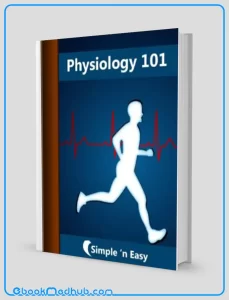
Physiology 101 simpleN easy Book (EPUB)
• The Cell. Cells are the basic structural and functional units of living organisms.
• The Tissue. Tissues are groups of cells that work together to perform specific functions.
• The Organ. Organs are structures composed of multiple tissues that carry out specialized tasks.
• The Organism. An organism is a complete living being, made up of various organ systems.
• Human Body Systems. The human body consists of interconnected systems like the nervous system, respiratory system, and digestive system.
• Homeostasis and Feedback Systems. Homeostasis is the body’s ability to maintain internal stability despite external changes.
• What is a Feedback Loop? A feedback loop is a regulatory mechanism that maintains balance within the body.
• Negative Feedback Loops in the Body. Negative feedback loops help regulate physiological processes by counteracting deviations from the set point.
• Positive Feedback Loops in the Body. Positive feedback loops amplify changes within the body, leading to specific outcomes.

Physiology 101 simpleN easy Book (EPUB)
Brain:
• The Major Structures of the Brain. The brain comprises key structures like the cerebrum, cerebellum, and brainstem.
• Forebrain. The forebrain includes the cerebrum, thalamus, and hypothalamus, governing higher brain functions.
• Midbrain. The midbrain plays a role in sensory processing, motor control, and arousal.
• The Hindbrain. The hindbrain consists of the medulla, pons, and cerebellum, regulating vital functions like breathing and coordination.
Memory:
• Memory. Memory involves encoding, storing, and retrieving information.
• Short-term. Short-term memory stores information temporarily for immediate use.
• Long-term. Long-term memory stores information for an extended period, enabling recollection in the future.
• Amnesia. Amnesia refers to memory loss, which can be temporary or permanent.
• Forms of Amnesia. Forms of amnesia include retrograde amnesia, anterograde amnesia, and transient global amnesia.
• Types and Causes of Amnesia. Amnesia can result from head injuries, neurological conditions, or psychological factors.

Physiology 101 simpleN easy Book (EPUB)
Eyes:
• Eyes. Eyes are sensory organs that enable vision through light perception.
• How the Eye Works? The eye processes light through the cornea, lens, retina, and optic nerve.
• Parts of the Eye. Key eye structures include the cornea, iris, lens, retina, and optic nerve.
• Common Eye defects. Common eye defects include myopia, hyperopia, astigmatism, and presbyopia.
Ear and Tongue:
• Ear. The ear is responsible for hearing and maintaining balance.
• Parts of the Ear that control balance. Structures like the semicircular canals and vestibule aid in balance and spatial orientation.
• Taste buds. Taste buds on the tongue detect different flavors like sweet, sour, salty, and bitter.
• Parts of the Tongue. The tongue consists of taste buds, papillae, and muscles for manipulation.
Skin and Nails:
• Skin. The skin is the body’s largest organ, providing protection and regulating temperature.
• Anatomy of the Skin. Skin comprises epidermis, dermis, and subcutaneous tissue with distinct functions.
• Skin Color. Skin color is determined by melanin production and genetic factors.
• Skin Repair. The skin regenerates through processes like cell proliferation and collagen synthesis.
• Nails. Nails protect the fingertips and aid in fine motor tasks.
• Parts of the Nail. The nail plate, nail bed, cuticle, and nail matrix are essential nail components.
• Growth rate of Nails. Nails grow at varying rates depending on factors like age and health.
• Nutrition and Supplements. Adequate nutrition supports skin and nail health, while supplements can address deficiencies.

Physiology 101 simpleN easy Book (EPUB)
Lungs:
• Lungs. The lungs facilitate respiration by exchanging oxygen and carbon dioxide.
• Breathing In (Inhalation). Inhalation involves the diaphragm contracting and the ribcage expanding to draw in air.
• Breathing Out (Exhalation). Exhalation occurs as the diaphragm relaxes and air is pushed out of the lungs.
• Gaseous Exchange in the Lungs. Oxygen from inhaled air enters the bloodstream, while carbon dioxide is expelled during exhalation.
Kidney:
• Kidney. The kidneys filter blood, regulate fluid balance, and produce urine.
• Structure of the Kidney. Kidneys consist of nephrons responsible for filtration and waste excretion.
• How Kidneys produce Urine? Blood filtration in the kidneys leads to the formation of urine through reabsorption and secretion processes.
Bones:
• Bones. Bones provide structure, support, and protection for the body.
• Types of Bones. Bone types include long bones, short bones, flat bones, irregular bones, and sesamoid bones.
• How Bones are formed? Bones develop through ossification processes like intramembranous and endochondral ossification.
• Intramembranous Ossification. Intramembranous ossification forms flat bones like the skull through direct bone formation.
• Endochondral Ossification. Endochondral ossification creates long bones through cartilage template replacement.
• Remodeling. Bone remodeling involves the continuous process of resorption and formation to maintain bone health.
• Purpose of Remodeling. Bone remodeling repairs micro-damage, adapts to mechanical stress, and regulates calcium levels.
• Calcium balance. Bones store and release calcium to maintain blood calcium levels within a narrow range.
• Bone Repair. Bone repair occurs through inflammation, soft callus formation, hard callus formation, and remodeling phases.

Physiology 101 simpleN easy Book (EPUB)
Blood:
• Blood. Blood transports oxygen, nutrients, hormones, and waste products throughout the body.
• Functions of Blood. Blood functions include oxygen transport, immune response, clotting, and pH regulation.
• Components of Blood. Blood components consist of red blood cells, white blood cells, platelets, and plasma.
• Blood Elements. Blood elements like hemoglobin, antibodies, and fibrin play crucial roles in bodily functions.
Body Temperature:
• Body Temperature. Body temperature regulation is vital for metabolic processes and enzyme function.
• Heat Distribution throughout the Body. Heat is distributed through blood flow, metabolism, and environmental factors.
• How does the Body Produce Heat? The body generates heat through metabolic processes, muscle contraction, and shivering.
• How does the Body Remove Heat? Heat is dissipated through mechanisms like sweating, vasodilation, and respiration.
• Temperature Control Mechanisms. Temperature control mechanisms involve the hypothalamus, blood vessels, and sweat glands.
• Fever. Fever is a regulated increase in body temperature as a response to infection or inflammation.
• Types of fever. Fever types include intermittent, remittent, sustained, and relapsing patterns.
• Signs and Symptoms. Fever symptoms may include chills, sweating, fatigue, and elevated heart rate.
• Hyperthermia. Hyperthermia is an uncontrolled rise in body temperature beyond normal limits.
• Signs and Symptoms. Hyperthermia signs comprise confusion, rapid pulse, flushed skin, and dehydration.
Blood Pressure:
• Blood Pressure. Blood pressure is the force exerted by circulating blood on the arterial walls.
• Systolic and Diastolic Pressure. Systolic pressure is the peak pressure during heart contraction, while diastolic pressure is the minimum pressure during relaxation.
• What is a Healthy Blood Pressure? Healthy blood pressure ranges between 90/60 mmHg and 120/80 mmHg.
• What influences Blood Pressure? Blood pressure is influenced by factors like heart rate, blood volume, and blood vessel resistance.
• Blood Pressure Monitoring at home. Monitoring blood pressure at home aids in early detection of abnormalities and treatment assessment.
• High Blood Pressure. High blood pressure increases the risk of heart disease, stroke, and kidney damage.
• Symptoms of High Blood Pressure. High blood pressure symptoms may include headaches, dizziness, and visual changes.
• Causes of High Blood Pressure. Causes of high blood pressure include genetics, lifestyle factors, and underlying conditions.
• Preventing Hypertension. Preventing hypertension involves maintaining a healthy weight, exercising regularly, and managing stress.

Physiology 101 simpleN easy Book (EPUB)
Pain:
• Pain. Pain is a complex sensory and emotional experience triggered by tissue damage or inflammation.
• What are Pain Receptors? Pain receptors are specialized nerve endings that detect noxious stimuli.
• Classification of Pain. Pain is classified as acute or chronic based on duration and underlying mechanisms.
• Types of Pain. Types of pain include nociceptive, neuropathic, and psychogenic pain.
About WAGmob books:
1) A companion book for on-the-go, bite-sized learning. WAGmob books offer convenient learning resources for quick knowledge acquisition.
2) Offers value for money (a lifetime of free updates). Customers benefit from lifetime free updates to ensure content relevance and continuous learning.
3) Over One million paying customers from 175+ countries. WAGmob has garnered a large customer base globally, with over a million users from diverse countries.
WAGmob Vision : Simple ‘n easy books for a lifetime of on-the-go learning. WAGmob’s vision is to provide straightforward and accessible learning materials for lifelong learning on-the-go.
Visit us : www.wagmob.com Explore more about WAGmob and its offerings by visiting our official website at www.wagmob.com.
Please write to us at Team (at)wagmob.com For any feedback, suggestions, or inquiries, kindly reach out to our team at Team@wagmob.com.
We would love to improve this book We value your input and strive to enhance our books based on your feedback and suggestions. Feel free to share your thoughts with us for continuous improvement.

Physiology 101 simpleN easy Book (EPUB)
Summary
“Physiology 101 simpleN easy Book (EPUB)” created by WAGmob is a comprehensive mobile learning tool designed to simplify the complex subject of Physiology into easily understandable, bite-sized chapters.
This resource delves into the holistic comprehension of the human body’s operations, encompassing crucial topics ranging from the structural organization of the human body to in-depth explorations of the brain, memory, vision, hearing, skin, lungs, kidneys, bones, blood, temperature regulation, blood pressure, and pain.
With a vast global outreach and a user community exceeding one million individuals from over 175 countries, WAGmob’s dedication to providing accessible education is evident.
It offers readers practical insights, visual resources, and continuous free updates, establishing itself as a valuable tool for on-the-go learning and a comprehensive reference for Physiology enthusiasts.

Physiology 101 simpleN easy Book (EPUB)
This website offers ( Physiology 101 simpleN easy Book (EPUB) ) with just a few clicks.
The website strives to provide you with simple access to the medical field as well as readily available information that you can download.
You can download all of the books at a reasonable price and get the most recent scientific data in the world of medicine anytime you want at ebookmedhub.com.
Other Products :
Essentials of Anatomy & Physiology 3rd edition (Original PDF from Publisher)
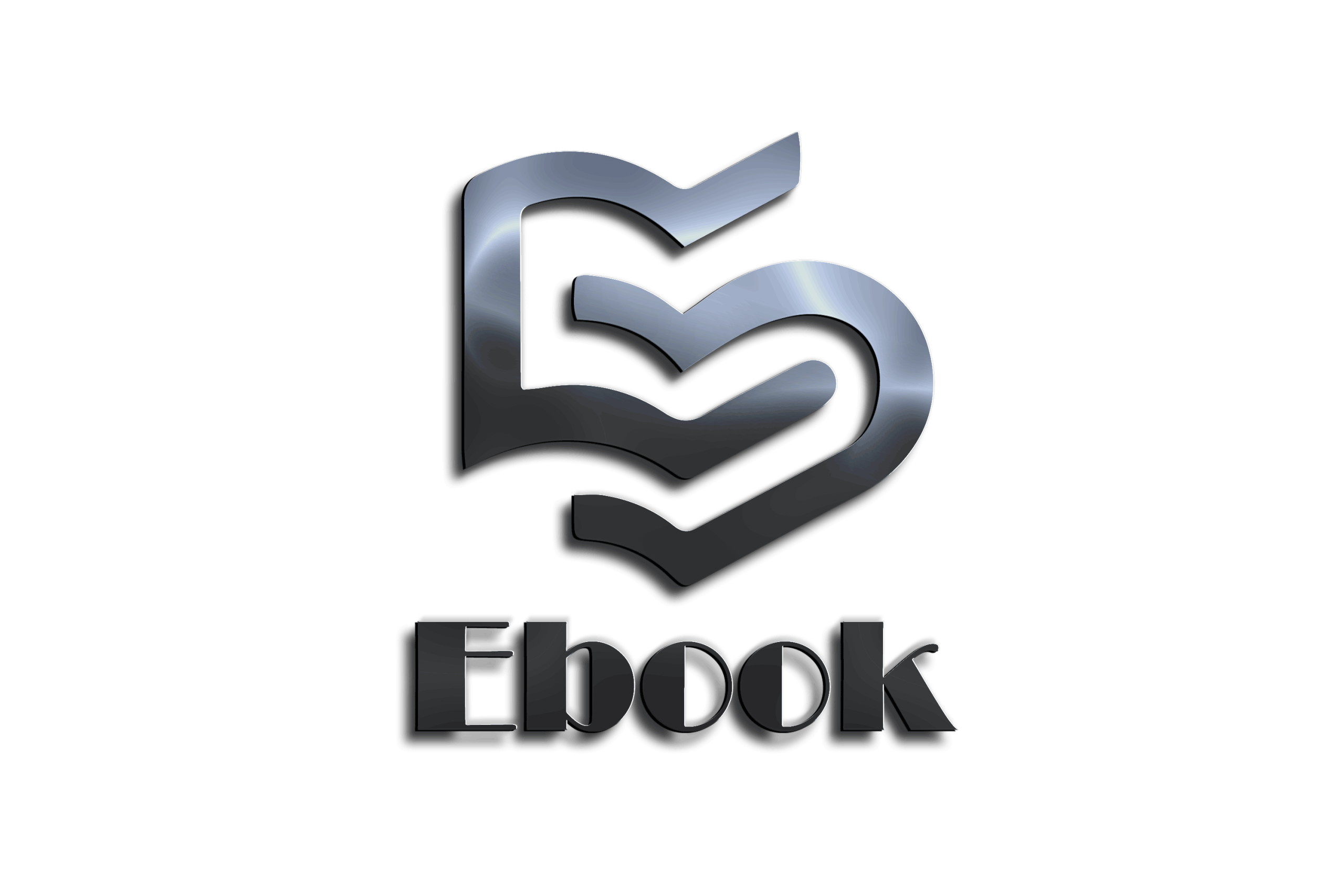
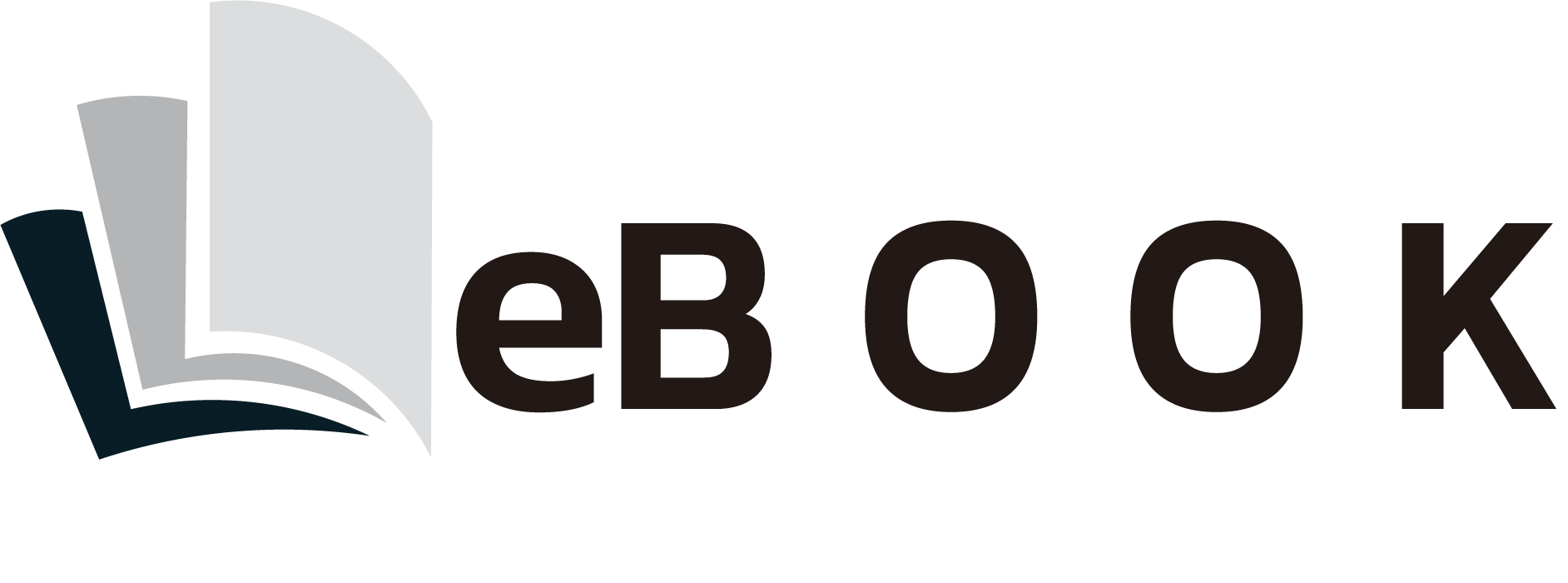

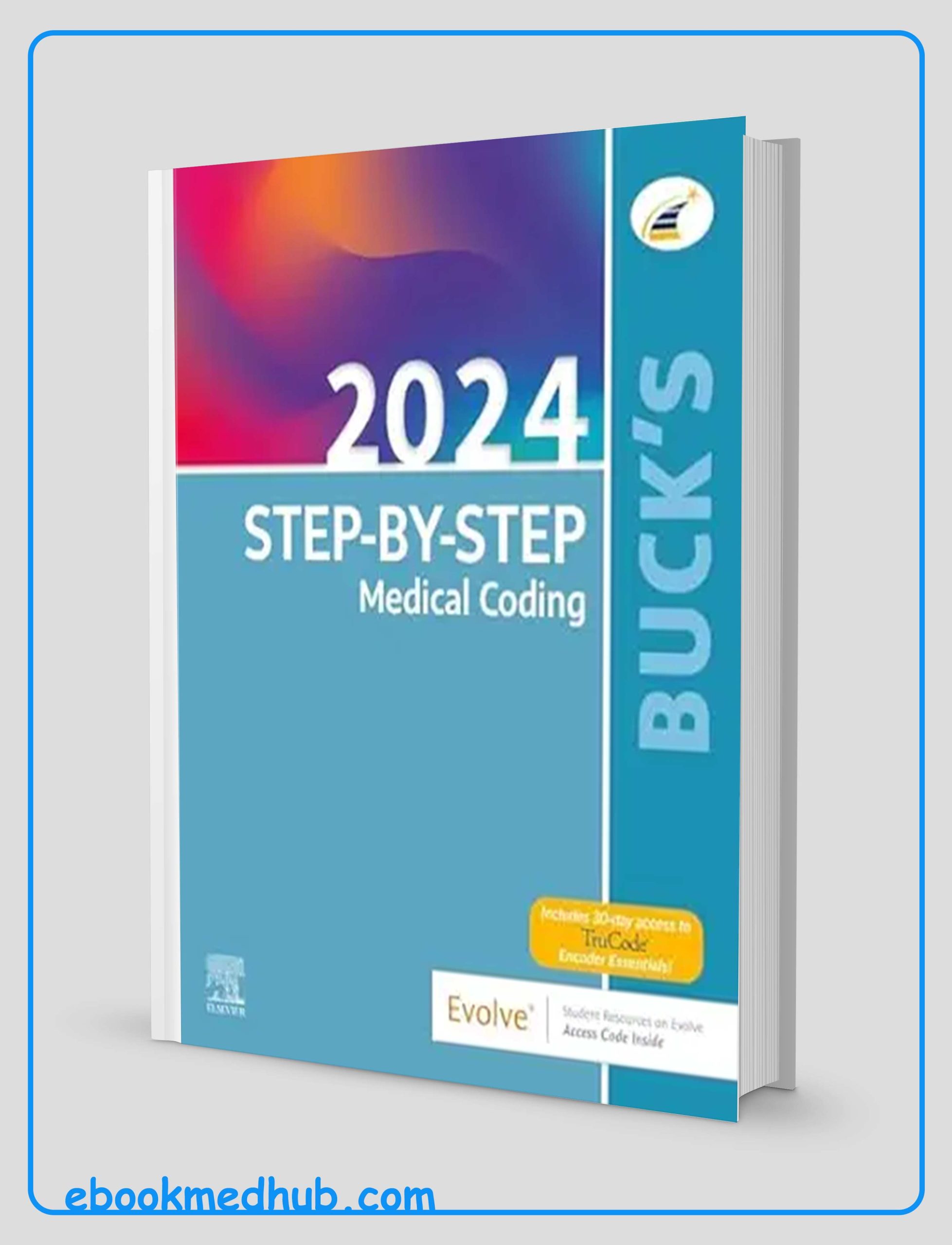
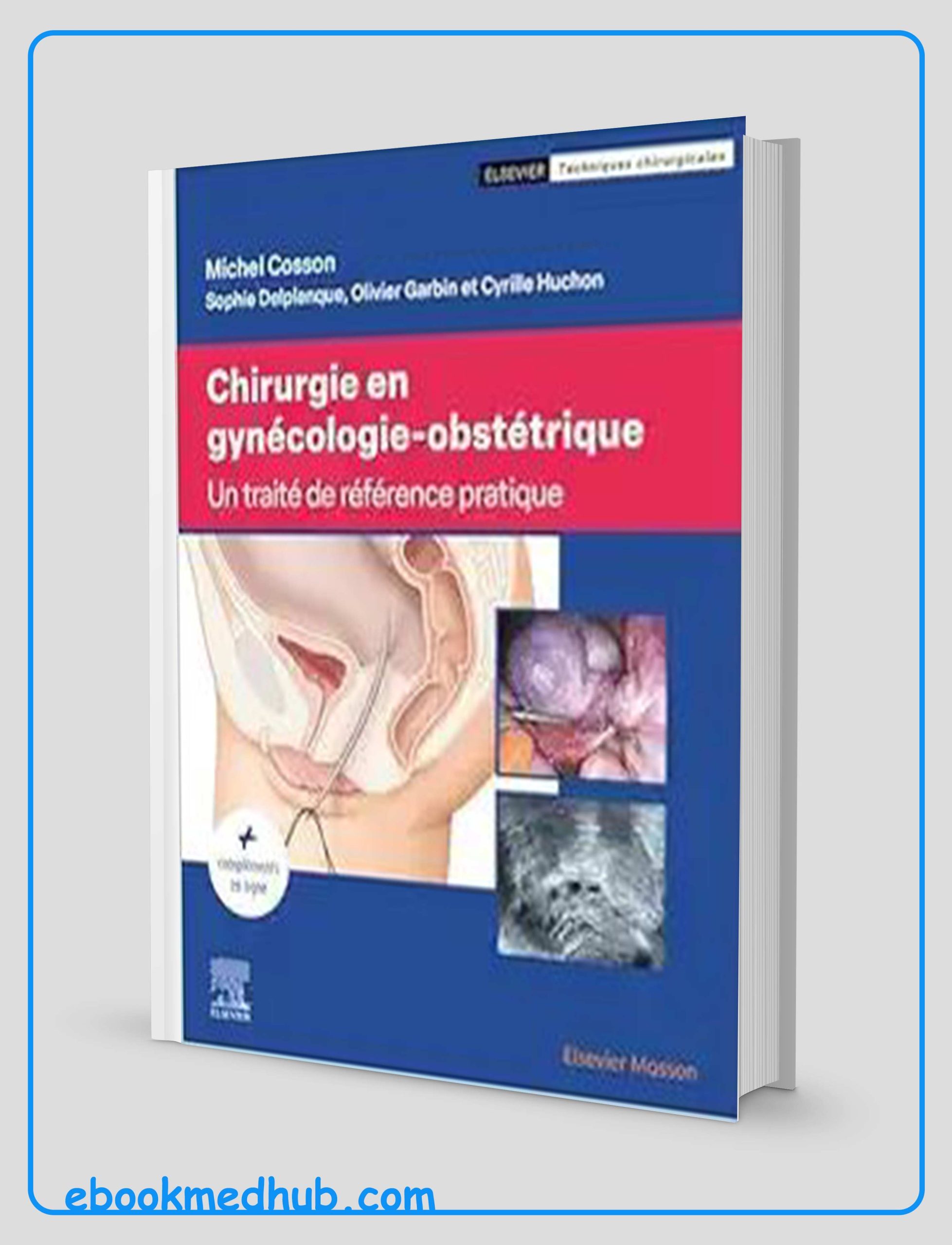
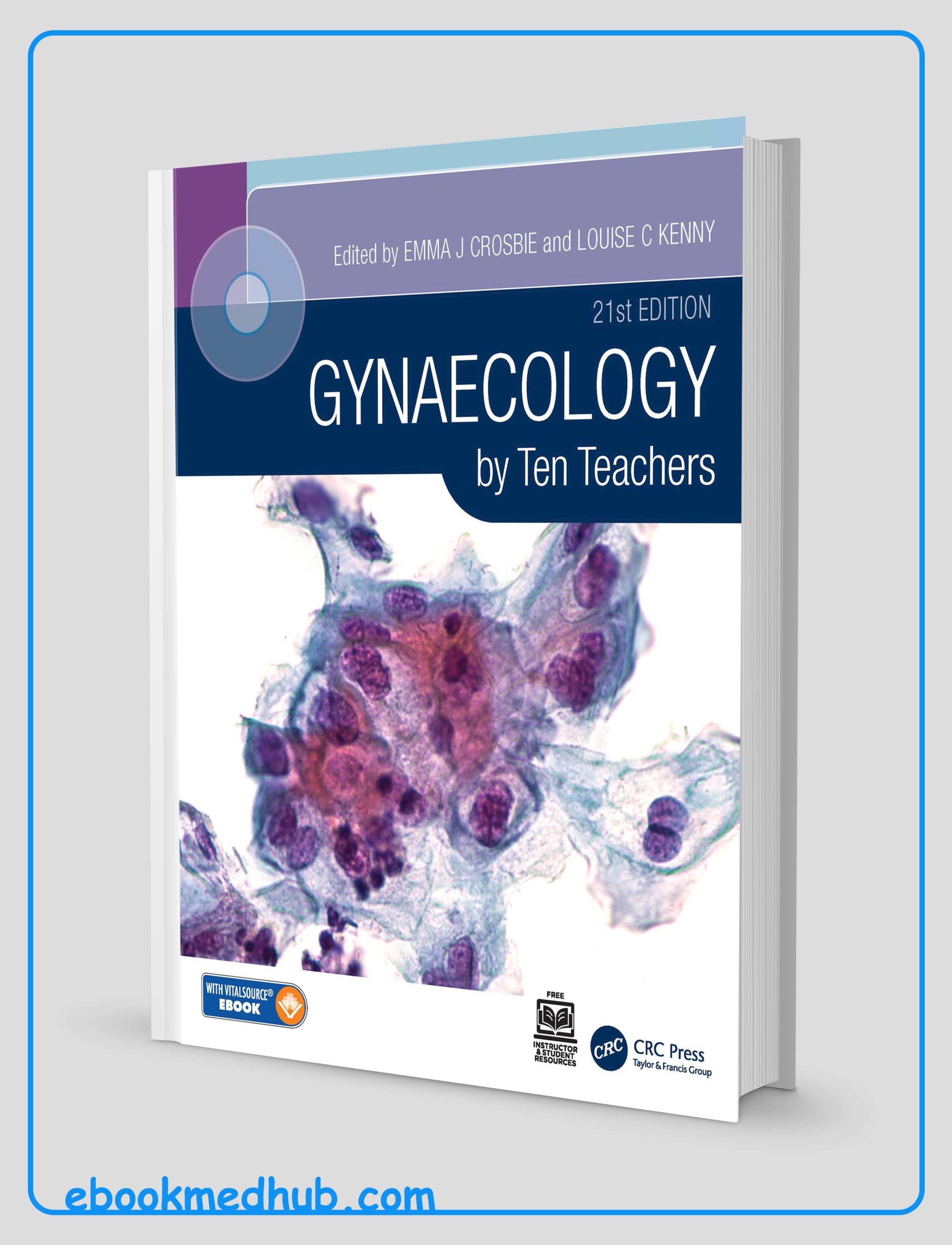
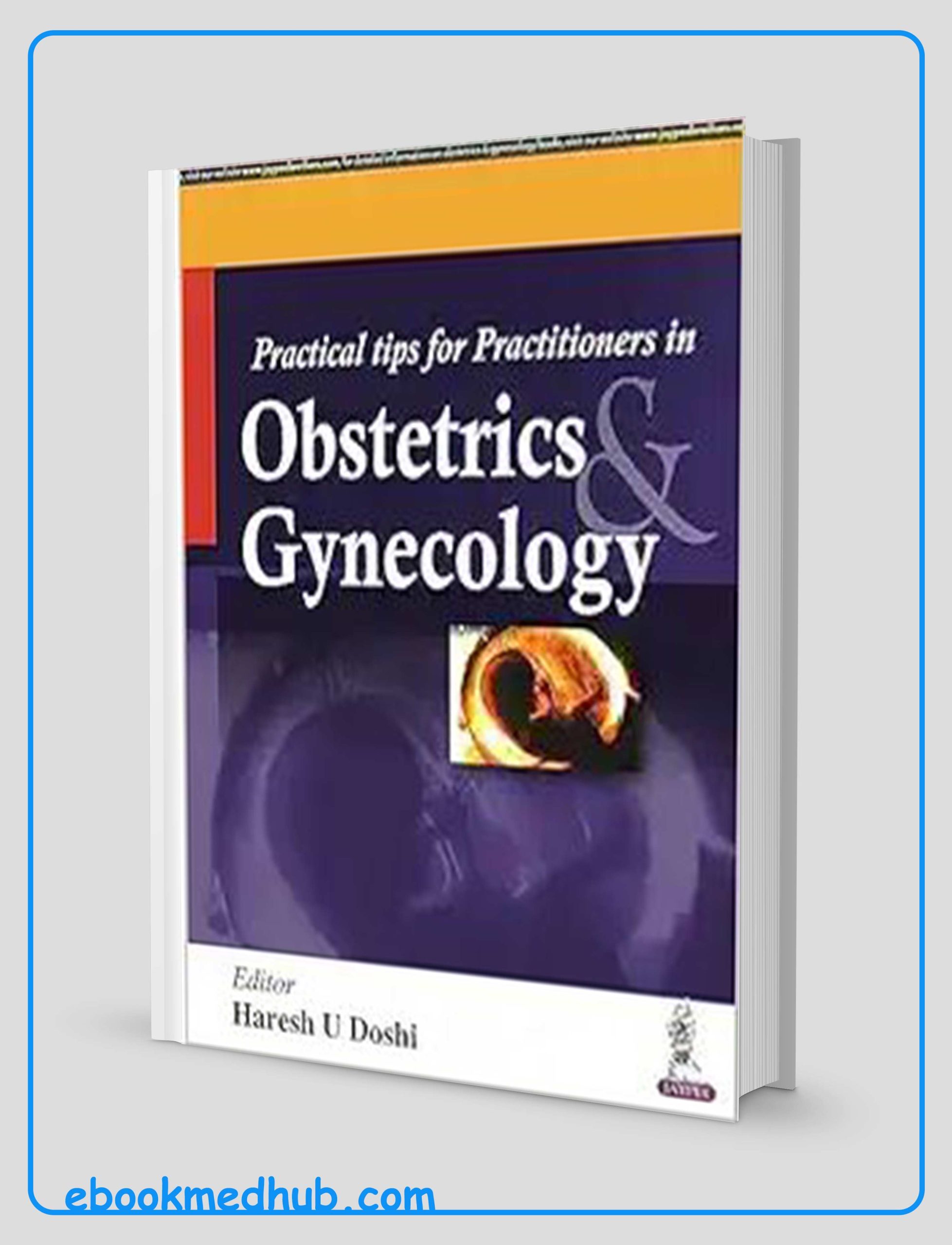

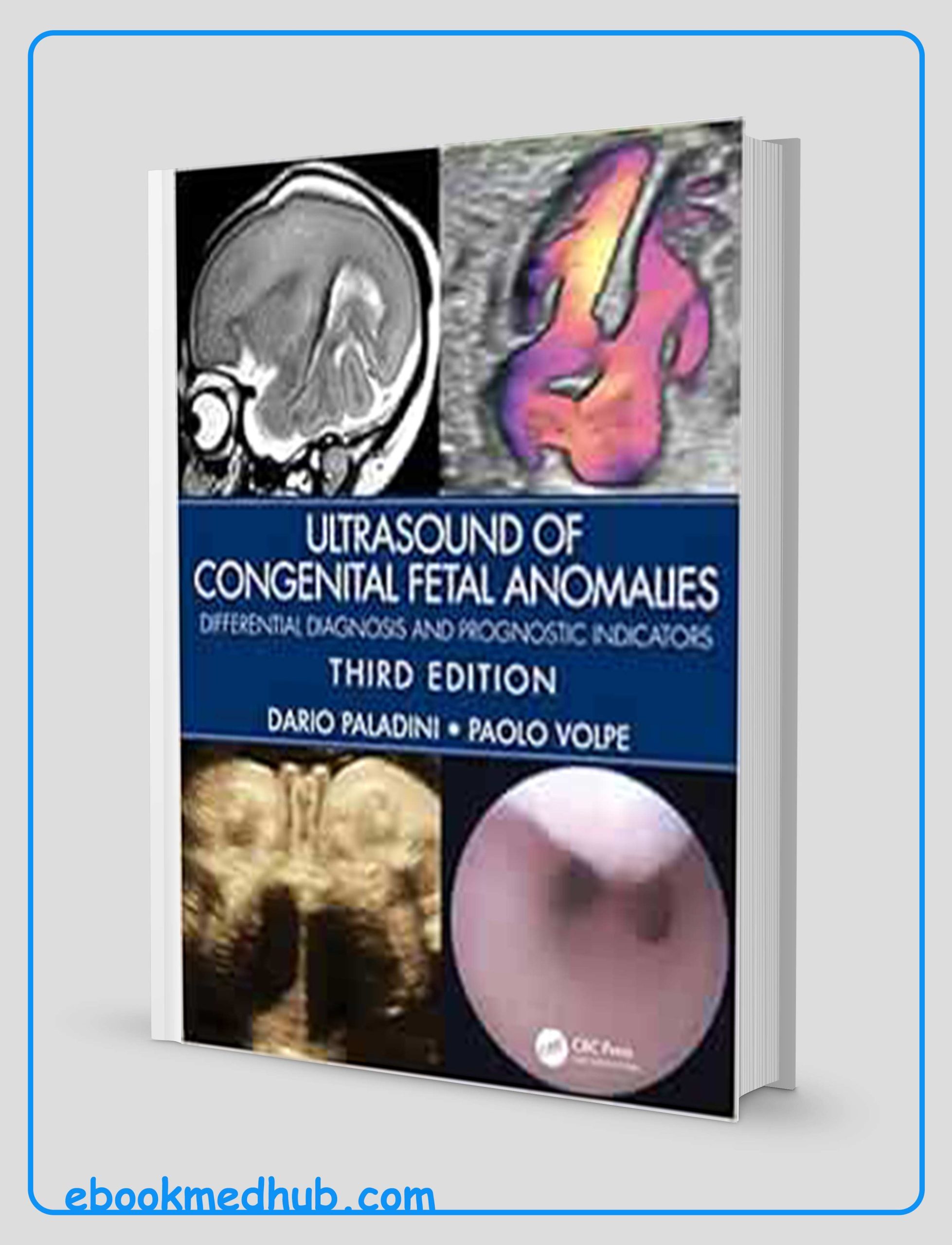
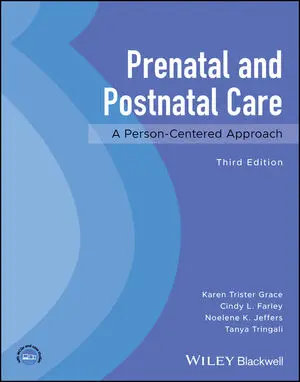

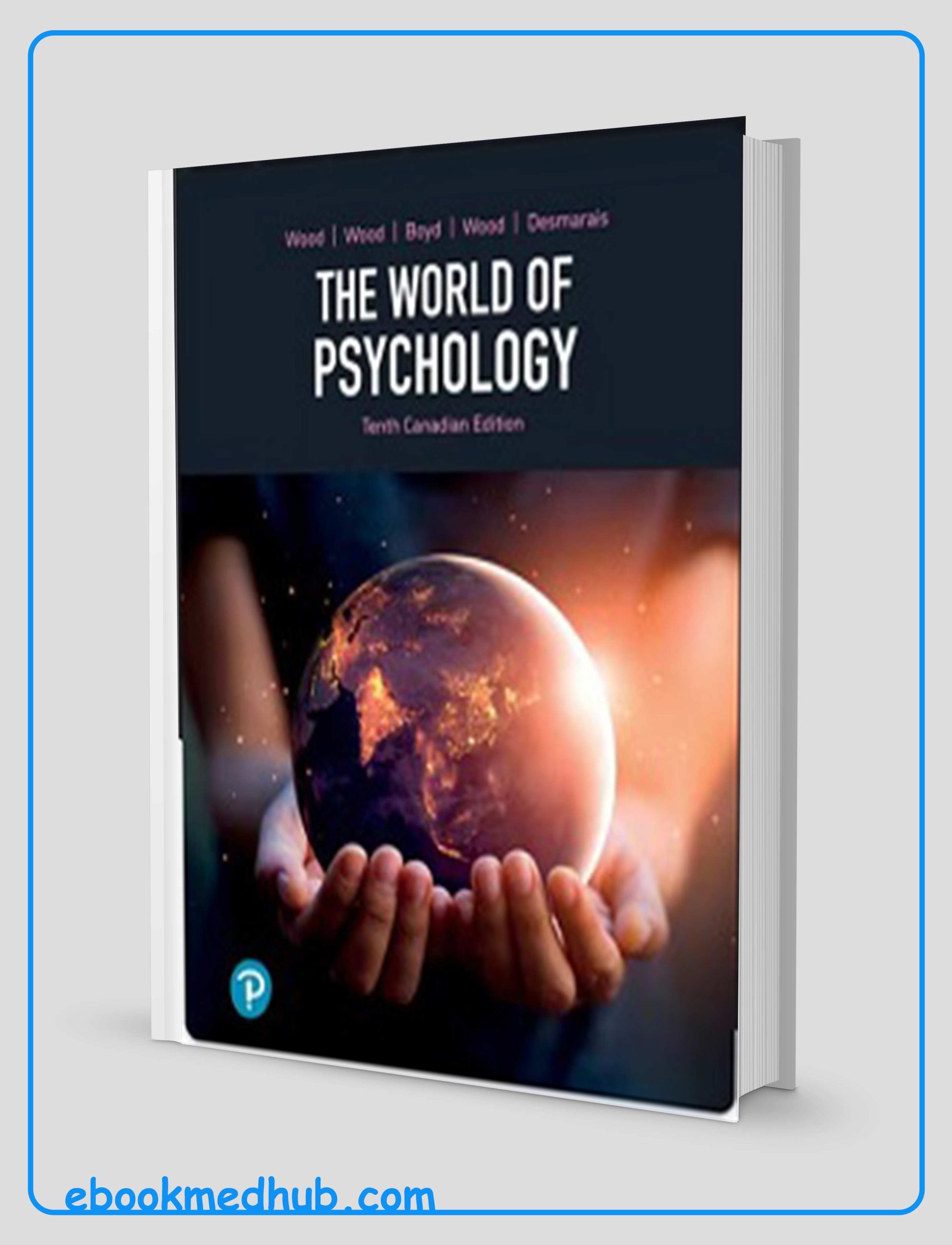
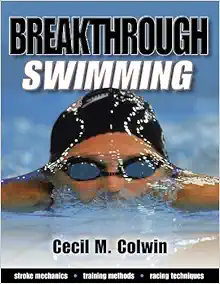



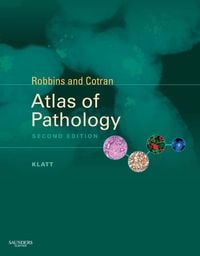
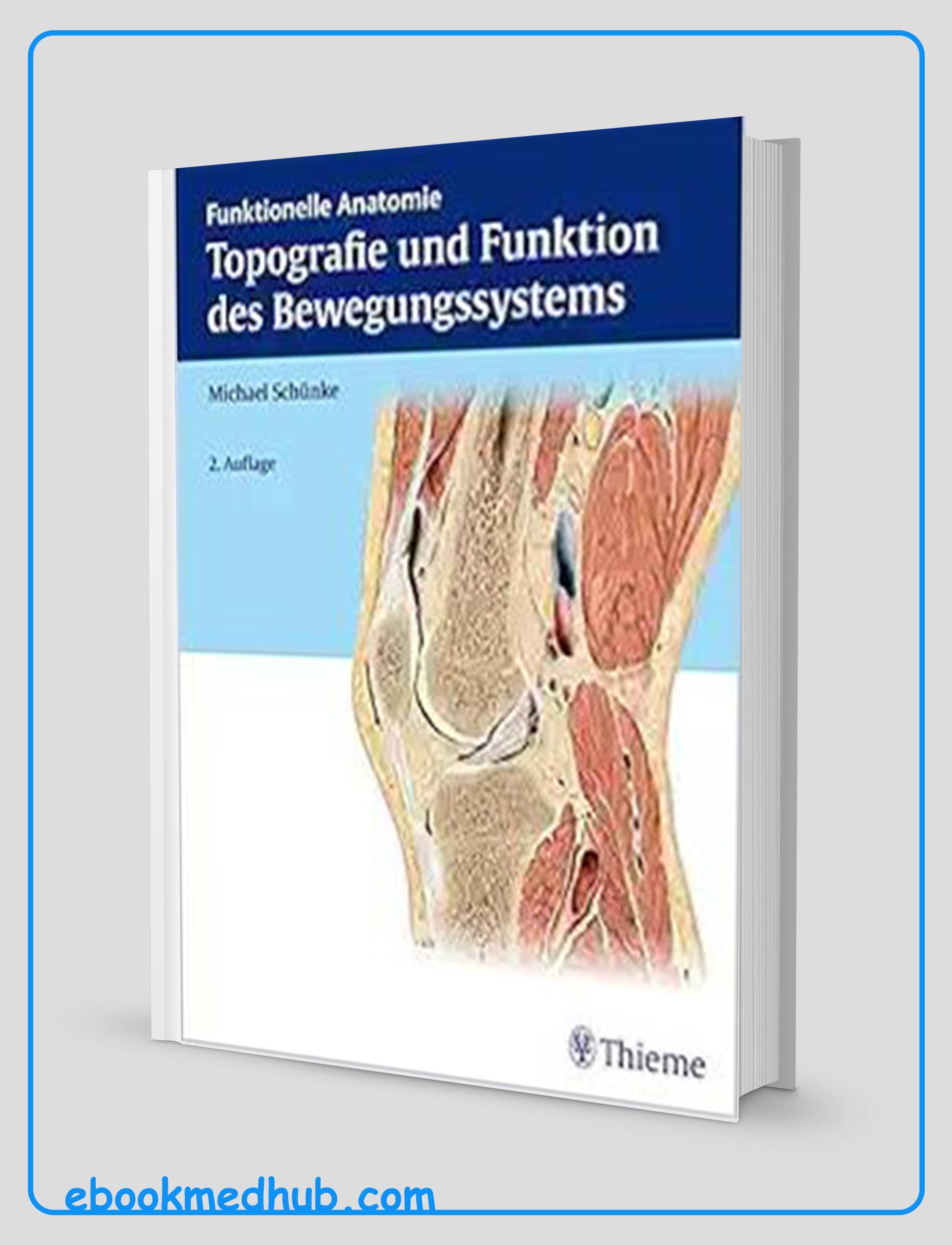
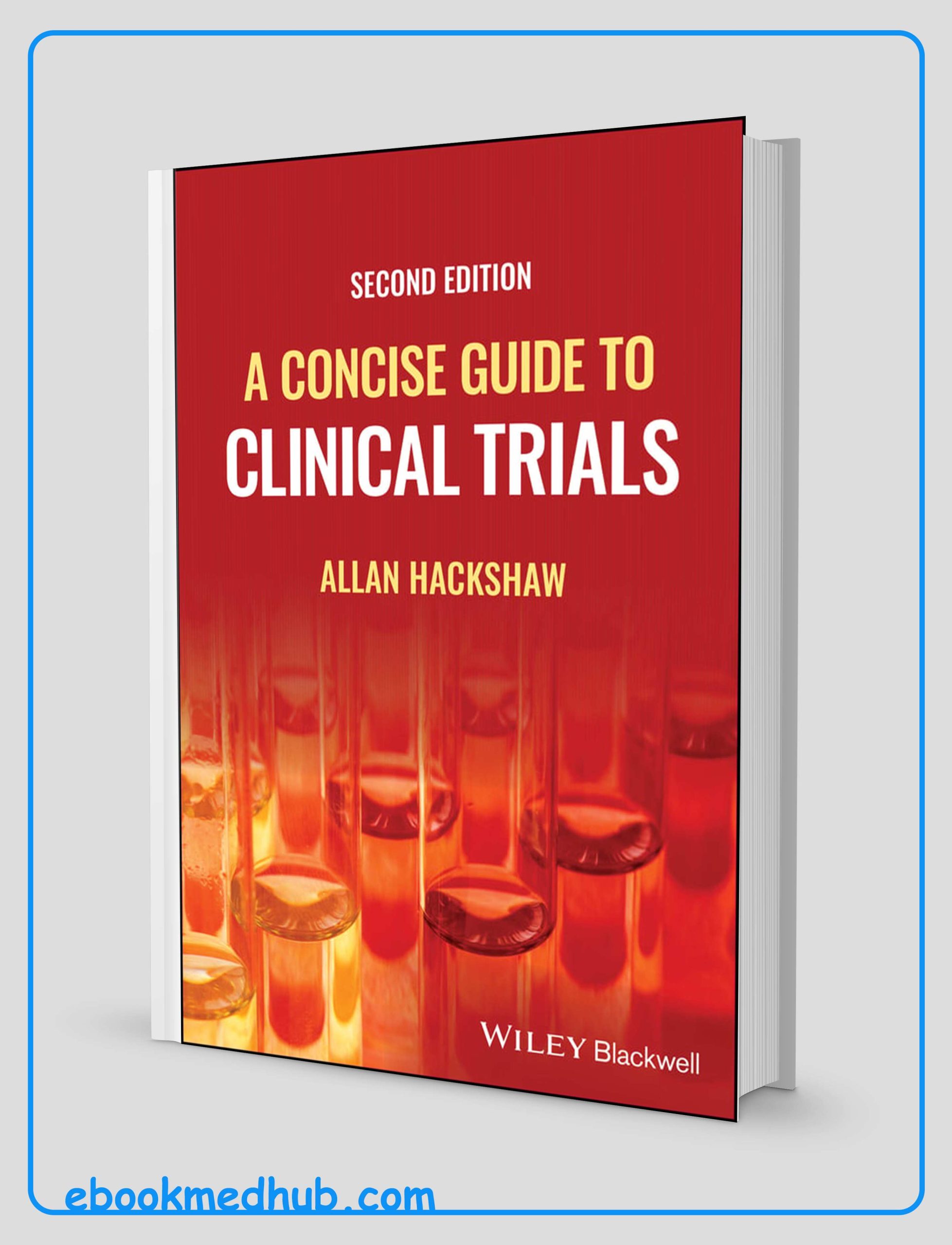
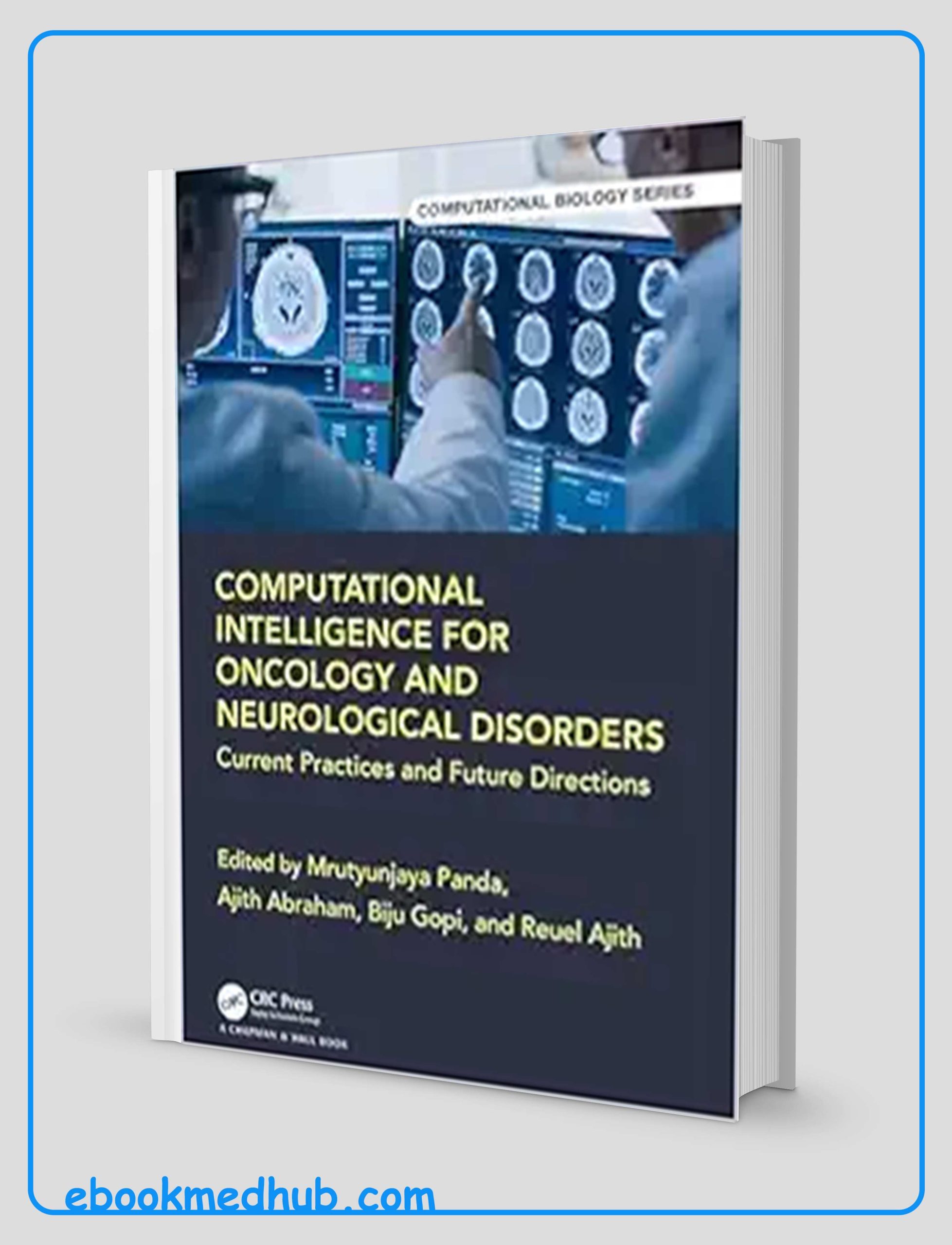
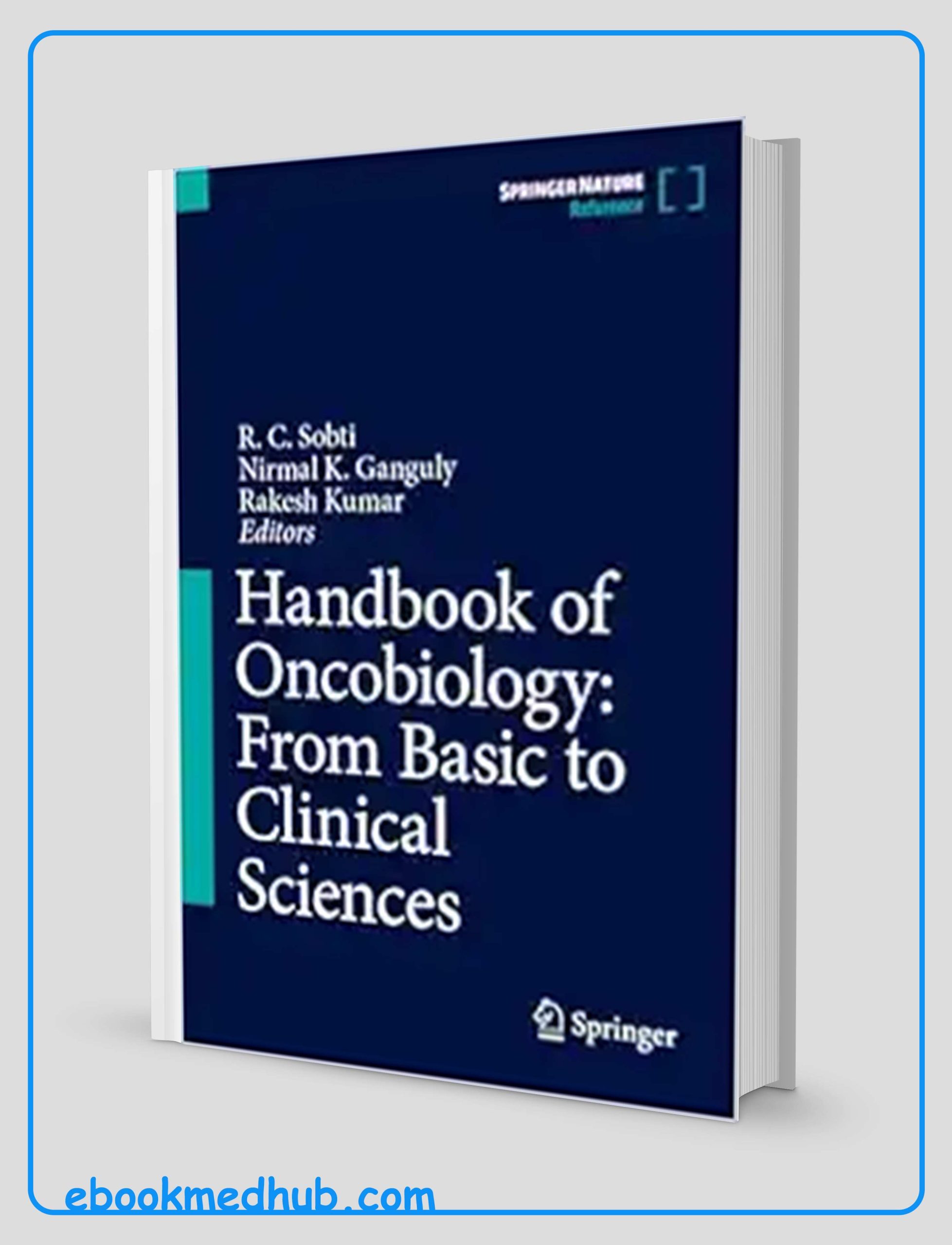
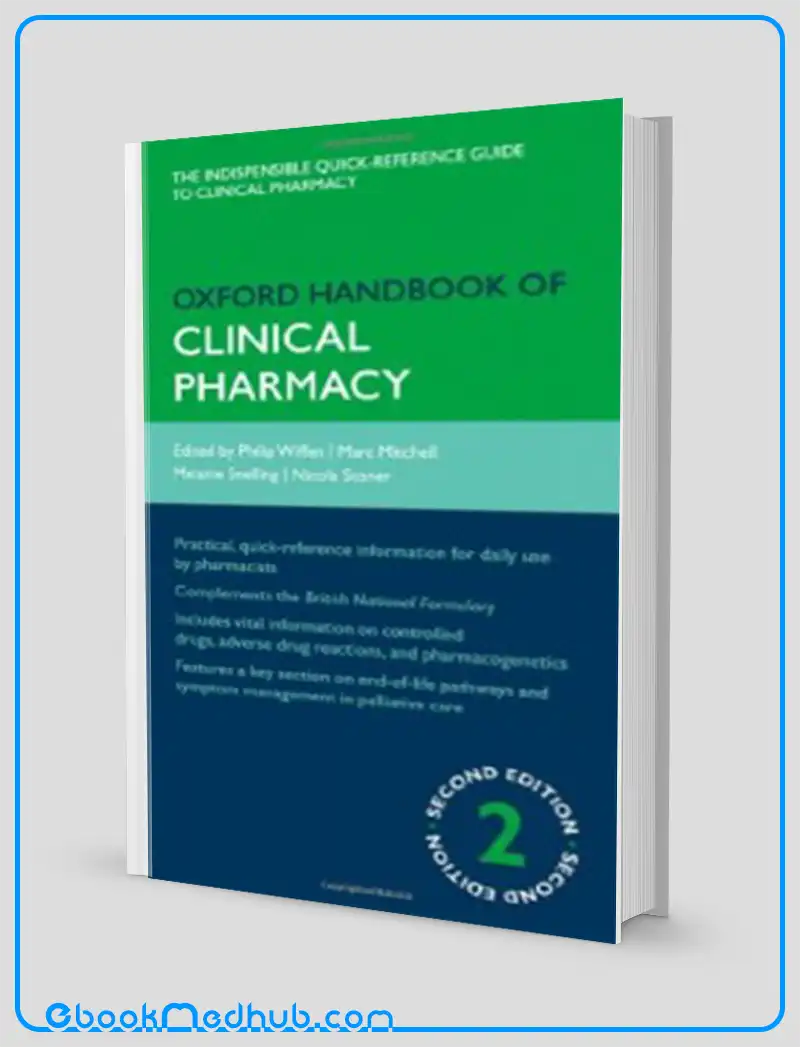




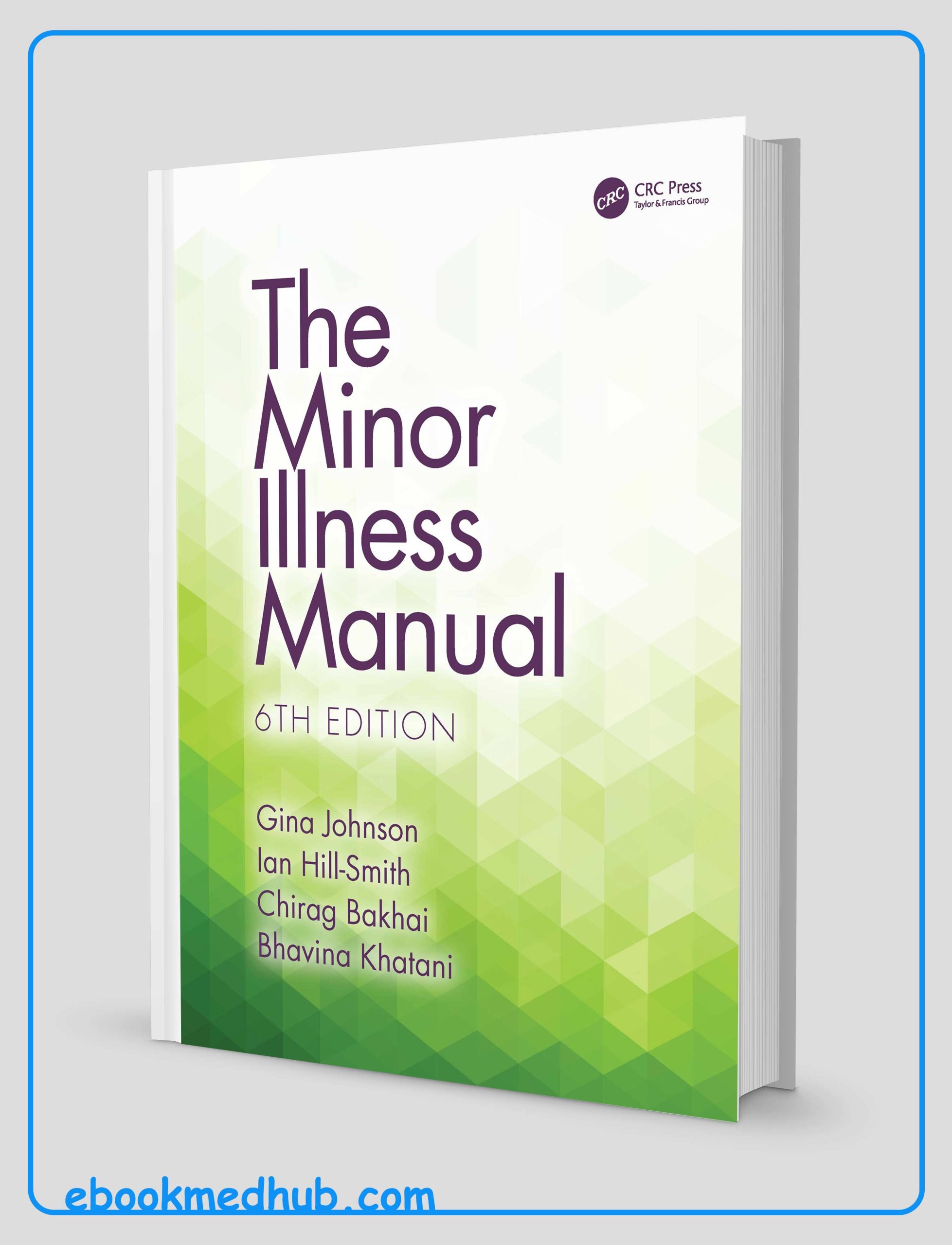
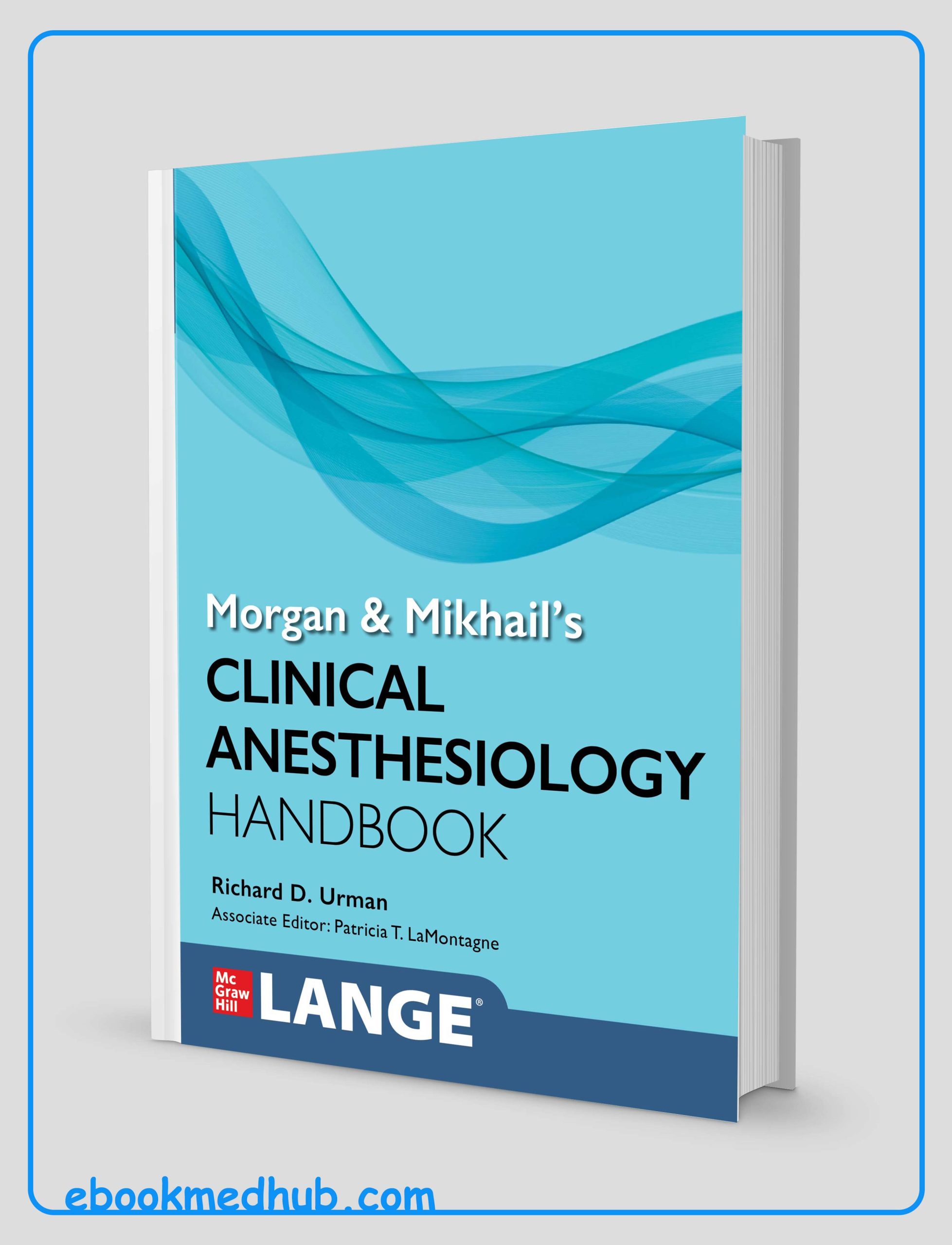
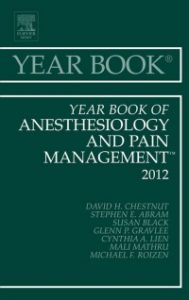
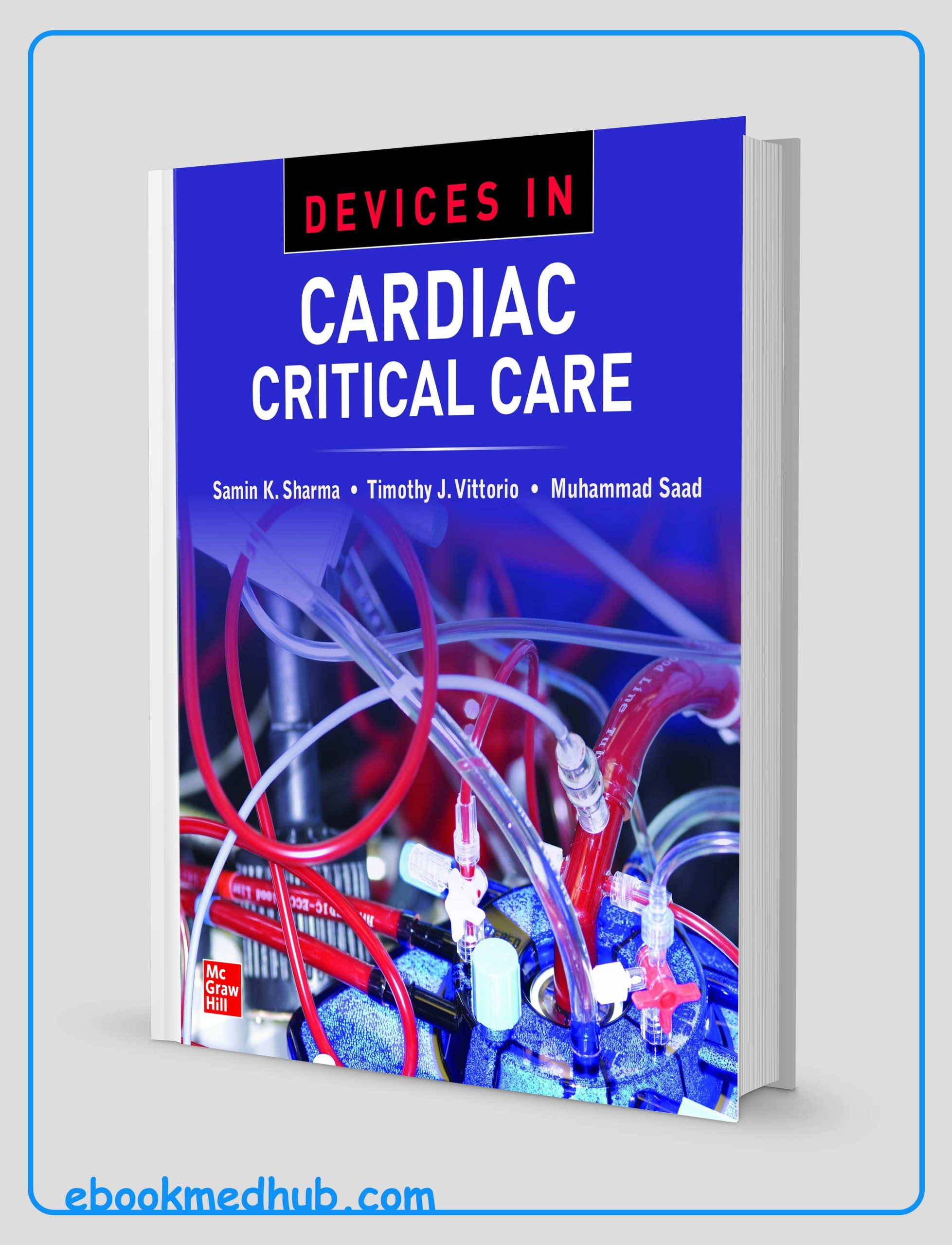

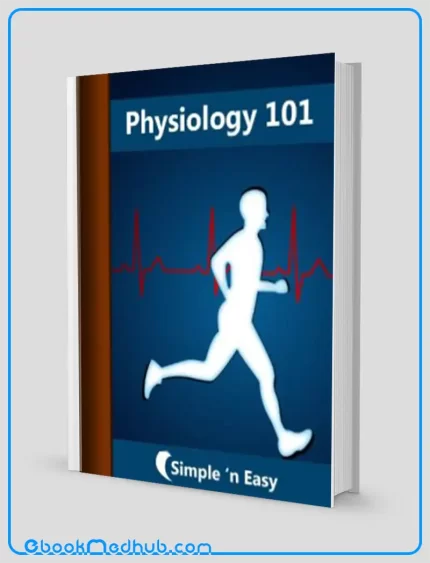
Reviews
There are no reviews yet.